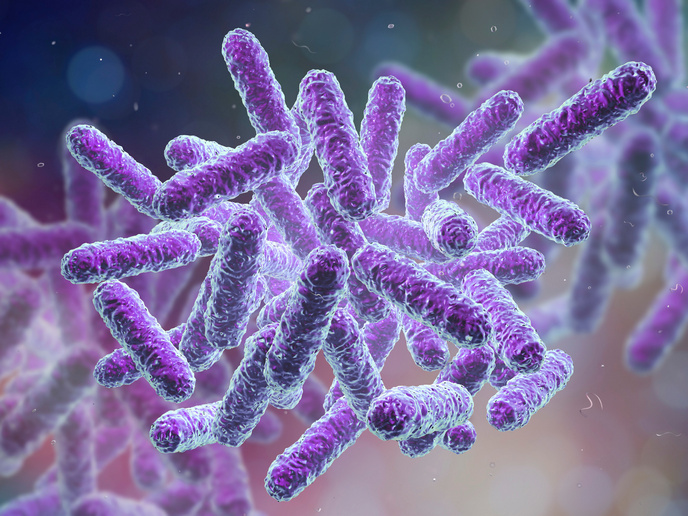Impact of viruses on toxic algal blooms
Viruses are found in all the ocean’s living organisms, from tiny bacteria to mighty whales. Moreover, they form a vital component in the microbial link, whereby dissolved organic carbon is returned higher up the food chain via its incorporation into bacterial biomass. Viruses, therefore, help to regulate microbial mortality, production, community structure and biogeochemical cycling. They also mediate genetic exchanges between microbes, thus influencing the genetic diversity of microbial communities. The aim of the VINTPRYM (Functional genomics and ecological impact of viral infection in the toxic haptophyte Prymnesium polylepis) project was to help scientists gain a better understanding of the host-virus interaction of marine phytoplankton through field sampling. This will help to provide a better understanding of how viruses regulate potentially harmful algal blooms. Researchers used state-of-the-art RNA sequencing technology to study the infection cycle of P. polylepis and its virus, while conventional bioassays were used to measure the bloom’s toxicity. In addition, environmental samples were collected along the Norwegian coast to determine the abundance and diversity of Prymnesium viruses using amplification of specific molecular markers. Preliminary analysis revealed that over 50 % of the viruses sampled were unknown or unidentified and less than 10 % of the sequences belonged to known haptophyte viruses. This highlighted the need to isolate and culture more and new virus-host model systems. In addition, researchers investigated the differences in transcriptomic responses of both host and virus responses during an infection cycle to reveal which genes are active in a specific point in time. Samples were also collected to measure photochemical efficiency and growth rate and for use in electron microscopy, in order to determine the fitness of the host and the state of infection. VINTPRYM combined virus genome information with data about gene expression profiling to gain a clearer understanding of the mechanisms underlying successful infection. The project will also act as the basis for further research into different possible infection strategies between the two species of viruses examined. Studies may also be conducted into what confers virus resistance to some strains, while others are susceptible. Furthermore, researchers may measure how biogeochemical fluxes are affected by fluxes and investigate alterations in virus-host interactions as a result of changes in environmental factors.







